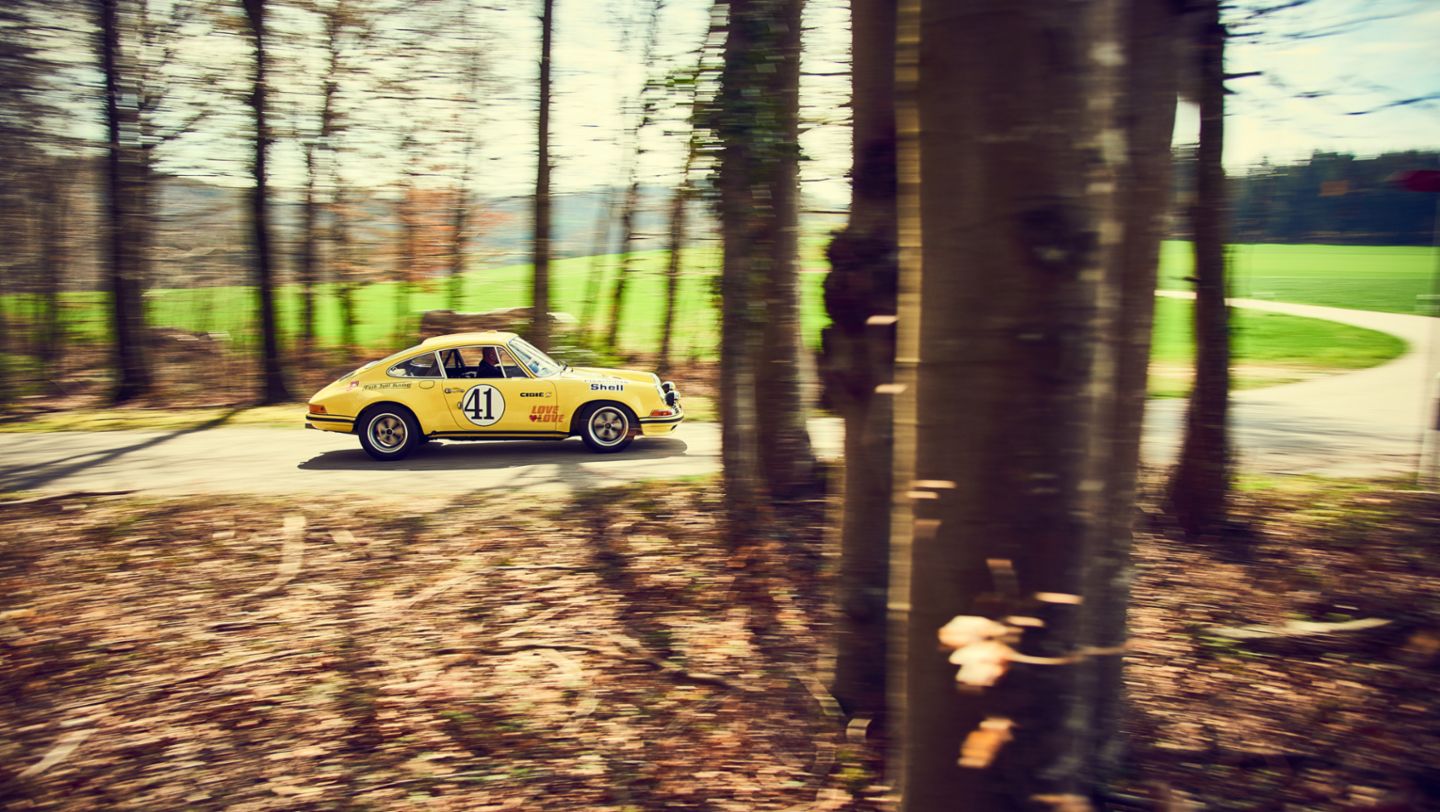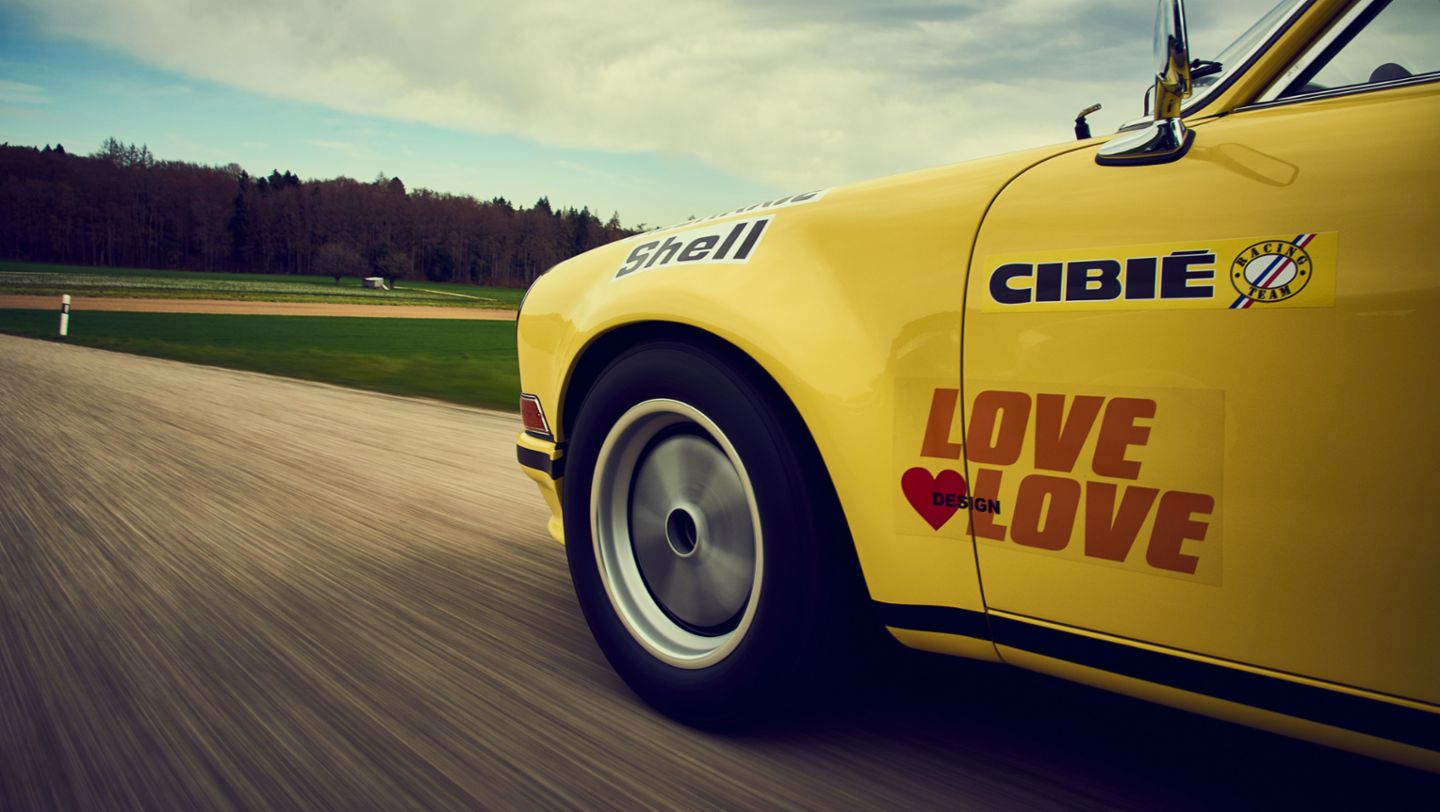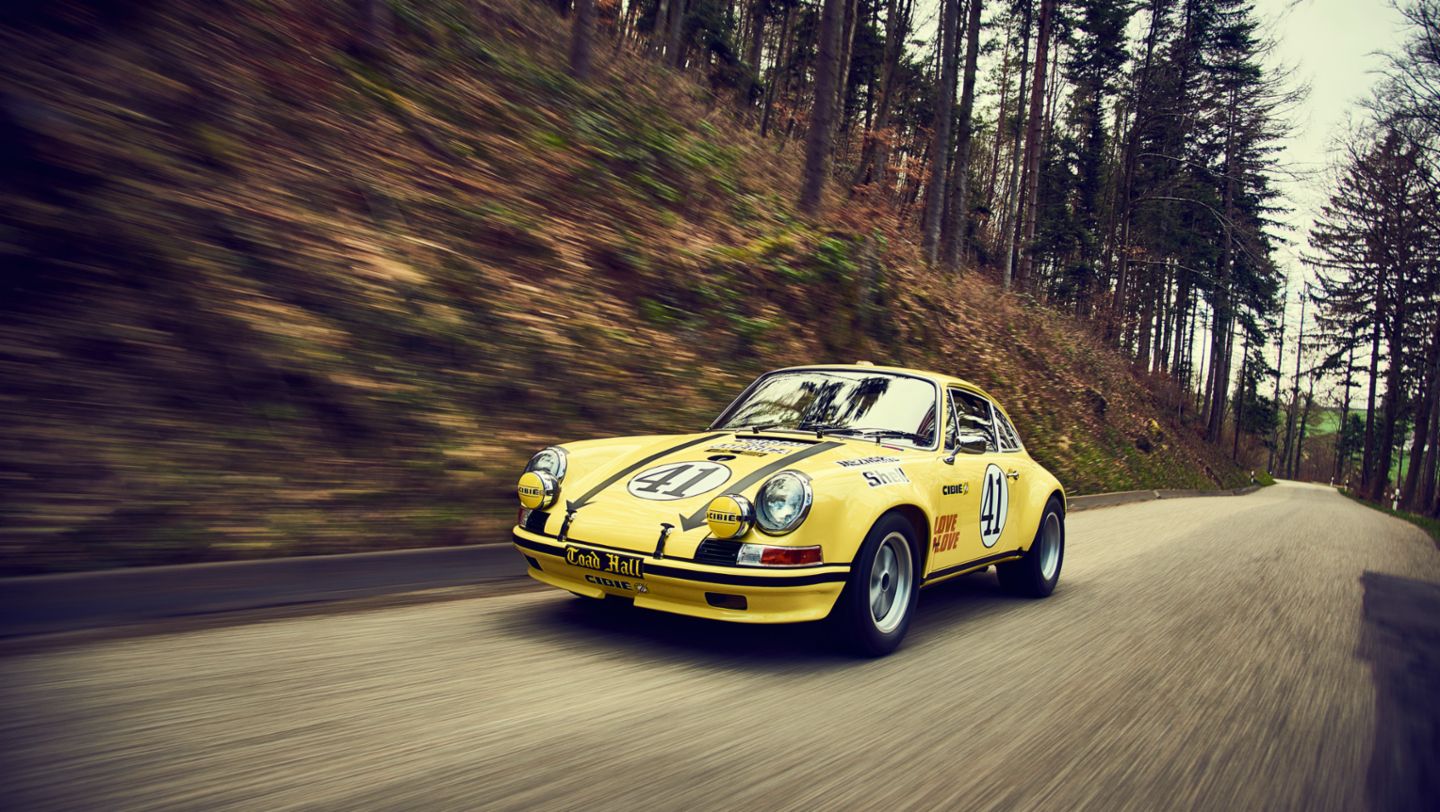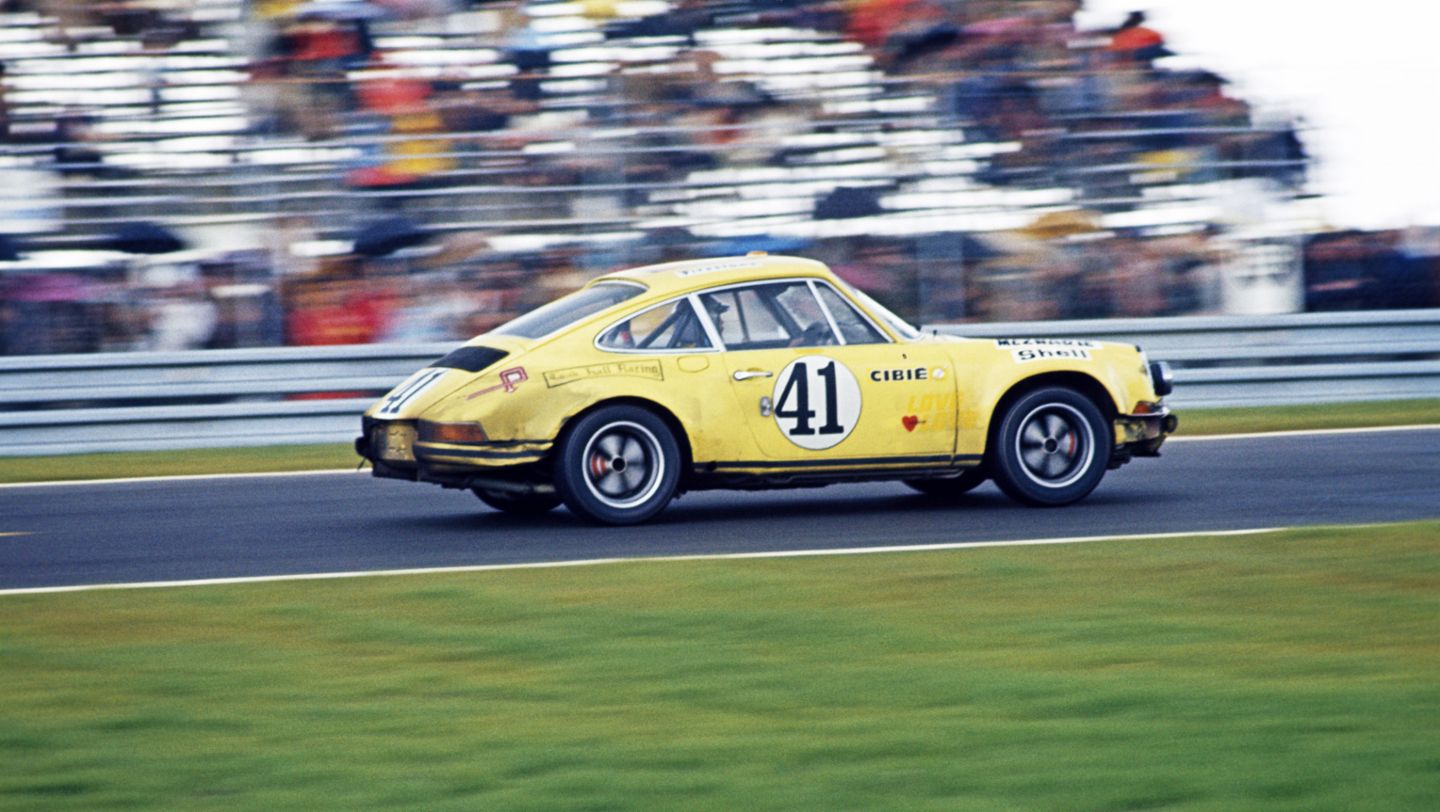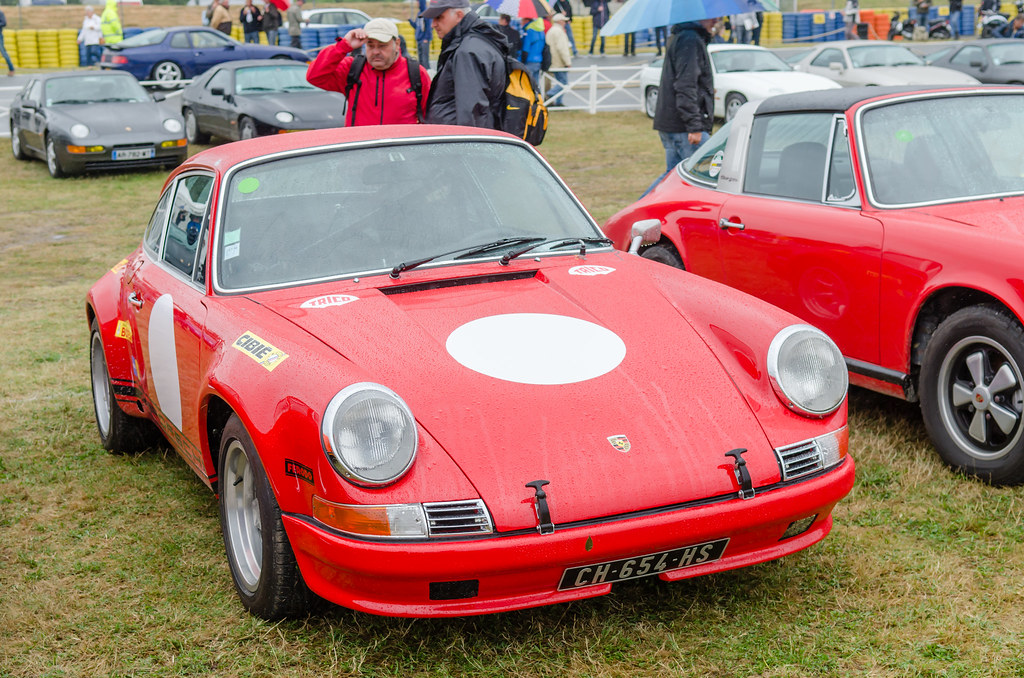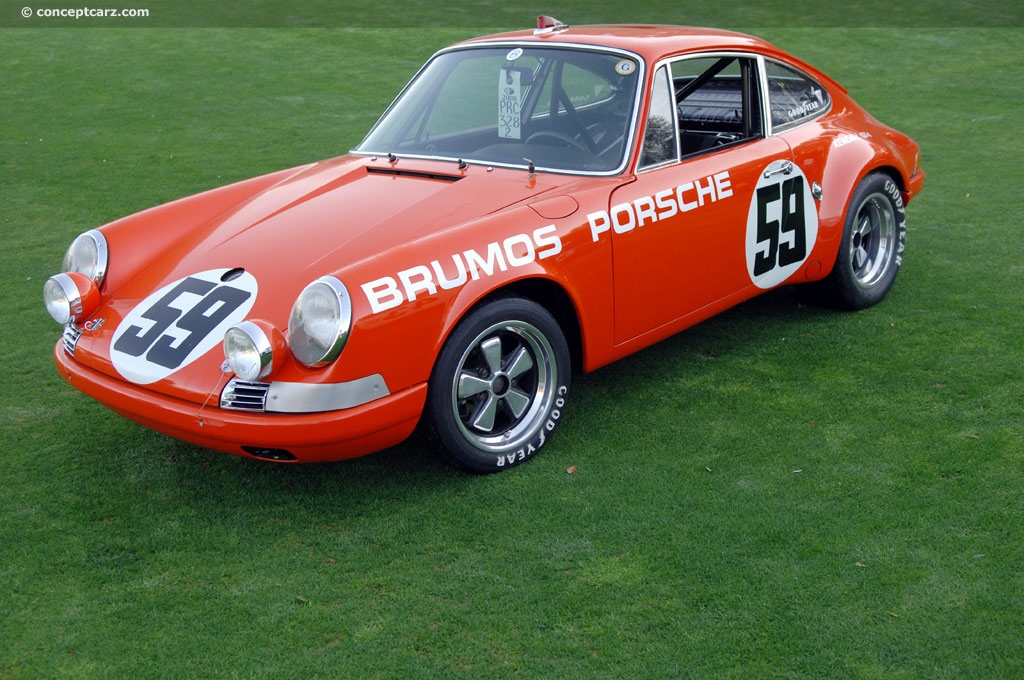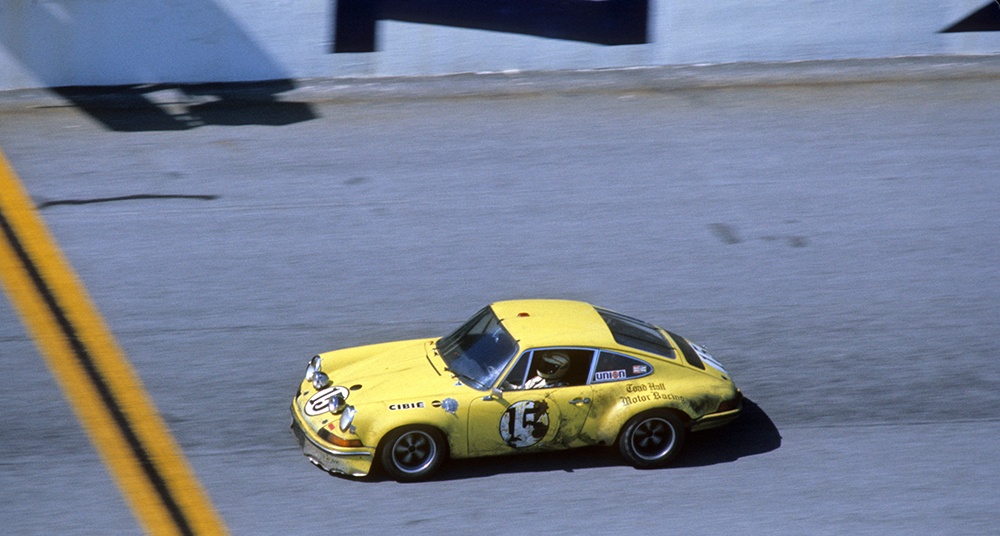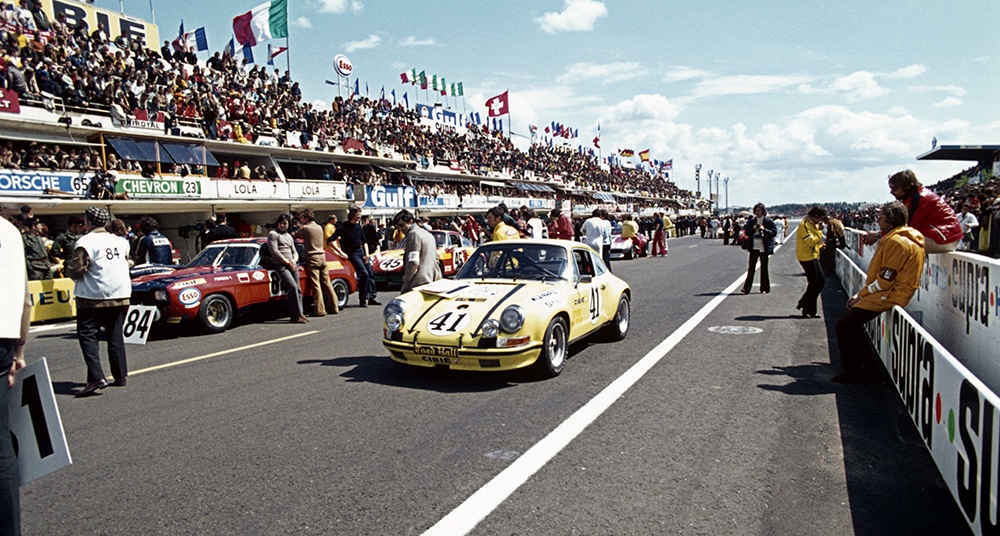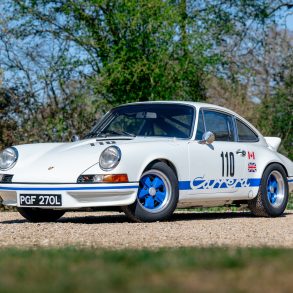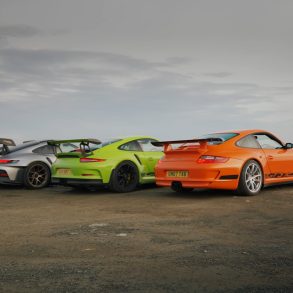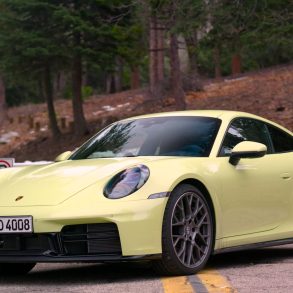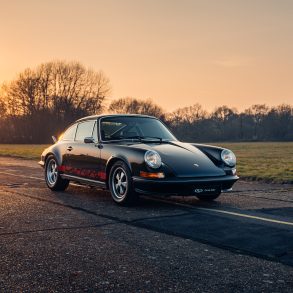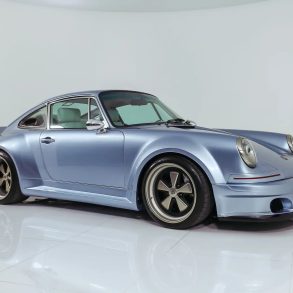1970 – 1971 Porsche 911 ST – Ultimate Guide
The 911 ST was produced in small numbers for racing (the production run for the ST lasted from 1970 to 1971). The cars were available with engines of either 1,987 cc (2.0 L) or 2,404 cc (2.4 L) displacement, having a power output of 270 PS (200 kW; 270 hp) at 8,000 rpm. Weight was down to 960 kg (2,120 lb). The cars had success at the Daytona 6 Hours, the Sebring 12 Hours, the 1000 km Nürburgring, and the Targa Florio.
In the ‘70s, the FIA came out with new rules that allowed the wheel arches to be flared by two extra inches from standard to accommodate wider wheels, so Porsche obviously decided to take advantage of the extra space.
The wheel arches were widened to accommodate seven-inch front and nine-inch rear wheels. Porsche didn’t have deeper Fuchs wheels to put on the back, and this is why they used a Fuchs-front, Minilite-rear combination. Another interesting detail to see was the small light on the door which was used to flash the car’s racing number while it was out doing its job after the sun set.
Weight reduction was even more radical, including thinner-gauge steel for the roof and floorpans. Heating ducts, seat slide supports, the glove-box lid, ashtray, sun visors and rear torsion-bar covers were deleted.
Transverse bars linked the strut towers, while soundproofing and under-seal were omitted and minimal paint was applied. Plastic front and rear bumpers, a plastic front lid and lightweight Plexiglas side and rear windows were included. The 2.5-litre engine produced 270 bhp, and upgraded ventilated disc brakes, Recaro sport seats and a variety of fuel capacities completed the specification. There was also a version with the 2.2 L flat 6.
Porsche developed the S/T, of which 33 were built in 1970 and 1971, taking full advantage of new FIA rules allowing a two-inch wider track. However, we are not 100% certain this is true, as we also found data that suggests the production numbers were as follows:
- 6 units built in 1969 with a high butterfly engine
- 15 cars were built in 1970 with carburetor 2247cc engine
- 6 cars were built in 1971 with a injection 2380cc engine
- 23 cars (3 factory and 20 customers) were built in 1972 with a high butterfly 2.5L engine
Video
Pictures




